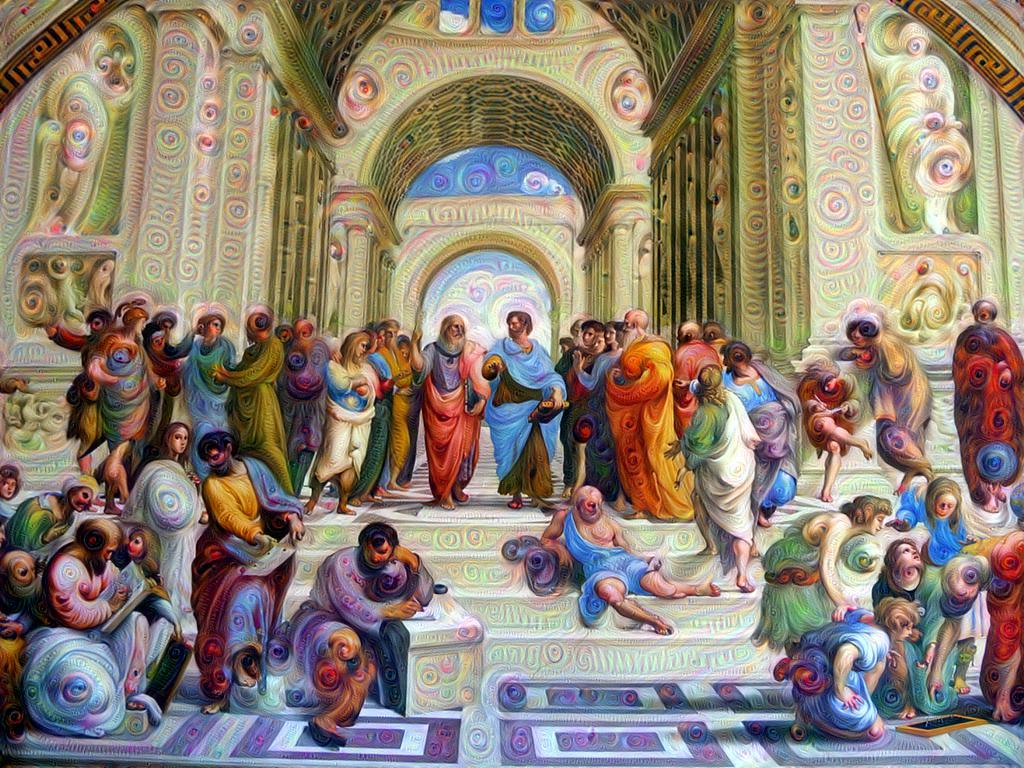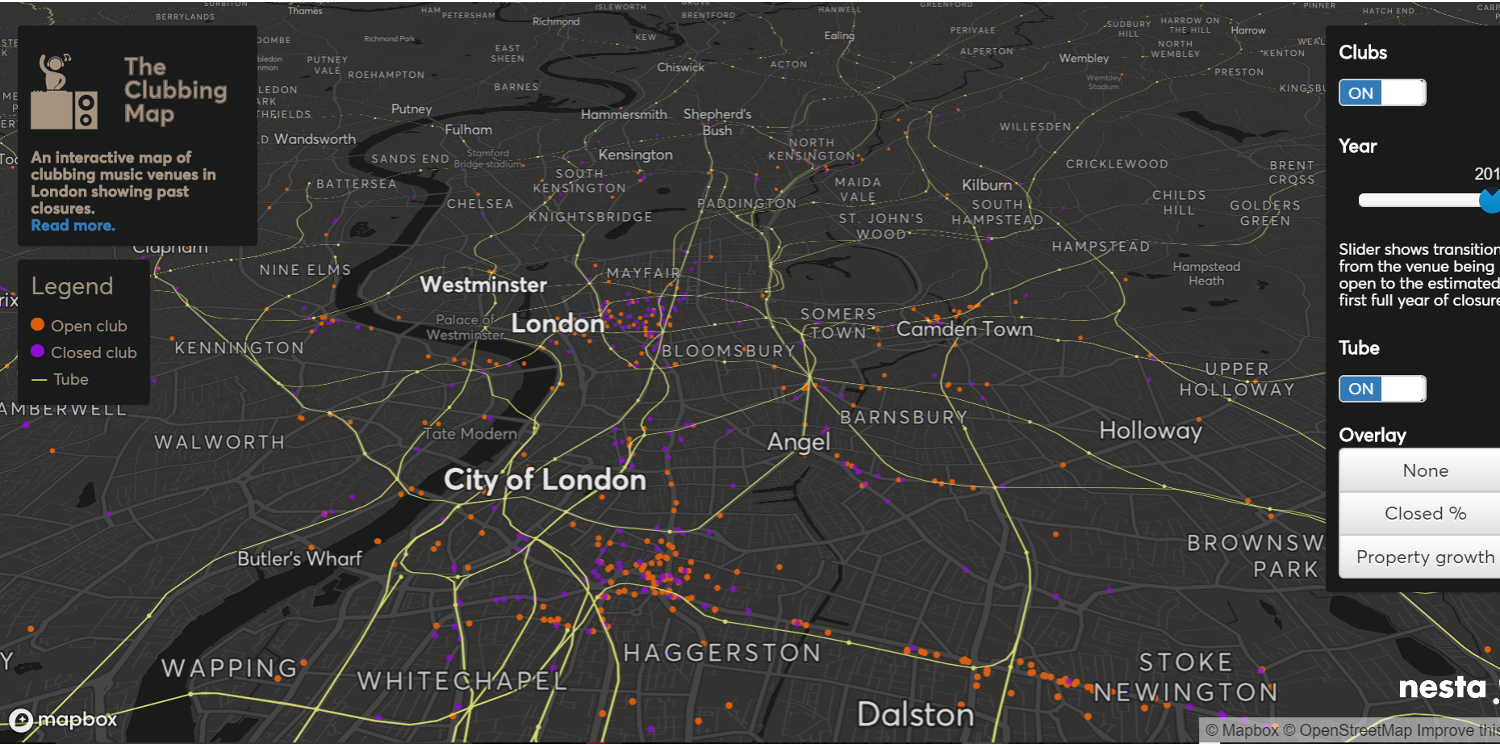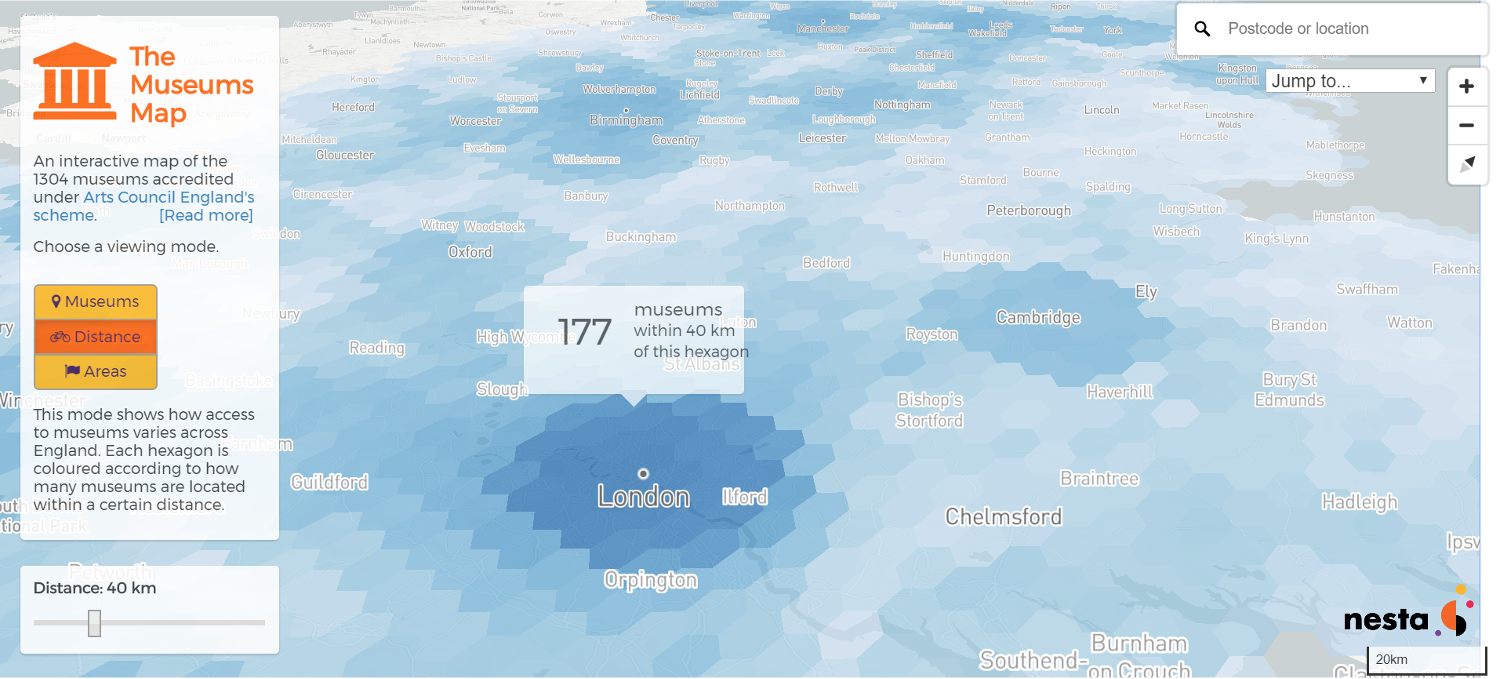The creative industries are a closely connected set of sectors including art, design, fashion, film, music and computer games.
Some of the things I have written on the creative industries are here and I have spoken at many conferences and events on it. An interview with Design Decode is here.
In addition to public data science work and commentary, I have worked as a data scientist and economist for some of the UK’s largest cultural institutions and attractions on their visitor and membership data.
Why use data science to understand the creative industries?
- Large parts of creative industries are fundamentally based around digital content. Digitalisaton has meant that images, text, sound and shape information, the raw material of creative activity, can all be converted into data and analysed using machine learning techniques. At the same time some of the recent developments in machine learning are enabling it to be used creatively. Understanding creative businesses is also helped by techniques that work on unstructured information such as text data.
- Creative businesses are often clustered at small spatial scales and affect the areas around them. Creative businesses are often smaller and clustered in specific parts of cities affecting their character. This kind of small-scale spatial information is not well covered by traditional business data, opening up ways to understand this activity with new data sources such as web and social media data and GIS techniques.
Some of the projects I have worked on in these areas are below.
Work on the role of digital in the creative industries
 In response to growing interest in both the creative industries and artificial intelligence (AI) Juan Mateos-Garcia, Kostas Stathoulopoulos, Joel Klinger and I used machine learning methods to analyse text data from ArXiv the global scientific e-print site to quantify the UK’s activities in comparison to the global activity in AI and the creative industries.
The report on this can be read here and a summary of this is here.
In response to growing interest in both the creative industries and artificial intelligence (AI) Juan Mateos-Garcia, Kostas Stathoulopoulos, Joel Klinger and I used machine learning methods to analyse text data from ArXiv the global scientific e-print site to quantify the UK’s activities in comparison to the global activity in AI and the creative industries.
The report on this can be read here and a summary of this is here.
Following on from this, Eliza Easton and I developed a proposal for a UK centre in AI and the creative industries. This proposal has been publicly endorsed by a range of major digital and creative organisations including WPP, Google, Double Negative, the National Gallery and the Digital Catapult. The proposal has also been endorsed by world-leading research centres in AI and the creative industries such as University of the Arts London and Edinburgh University. Read the open letter to the UK Chancellor here.
Georgia Ward Dyer and I were commissioned by the European Parliament to assess the effects of digital technology on artistic activity. The report for this is available here and was presented at the Parliament.
In the context of Covid, Raphael Leung and I analysed how the pandemic has affected the uptake of streaming services, using information on a range of different sources including Steam and Spotify.
Work on creative industries and places
Antonio Lima and I have developed a series of interactive maps looking at different creative industry issues.
The clubbing map
To address the question of whether London nightlife was moving out of the city centre, in collaboration with the global electronic music site Resident Advisor, we developed a map that enabled 10 years of London night life to be visualised.
The map and a summary of what the analysis found is here.
It was publicly endorsed by the London Night Tsar and covered in DJ Mag.

The museums map
This map analyses how access to museums varies around England and how this relates to levels of deprivation.
The map and a summary of what it shows is here.
It was publicly endorsed by the UK’s Minister for Culture and Digital and reproduced in the government’s review of museums.
